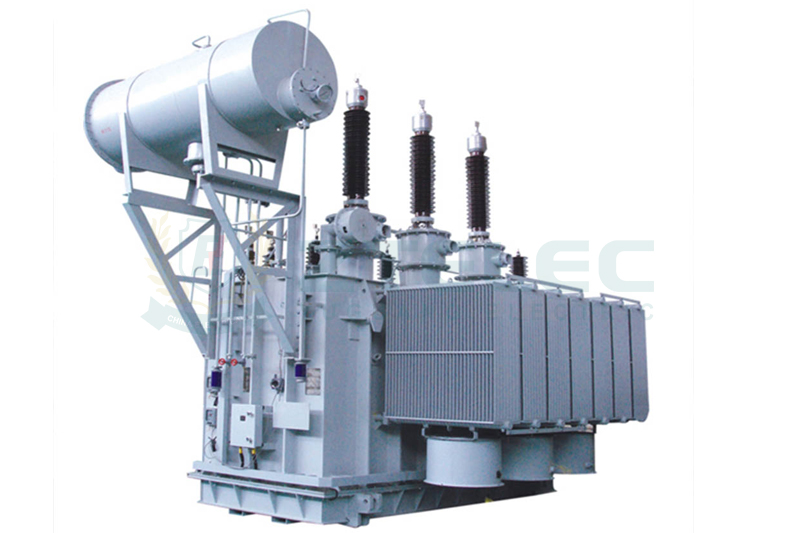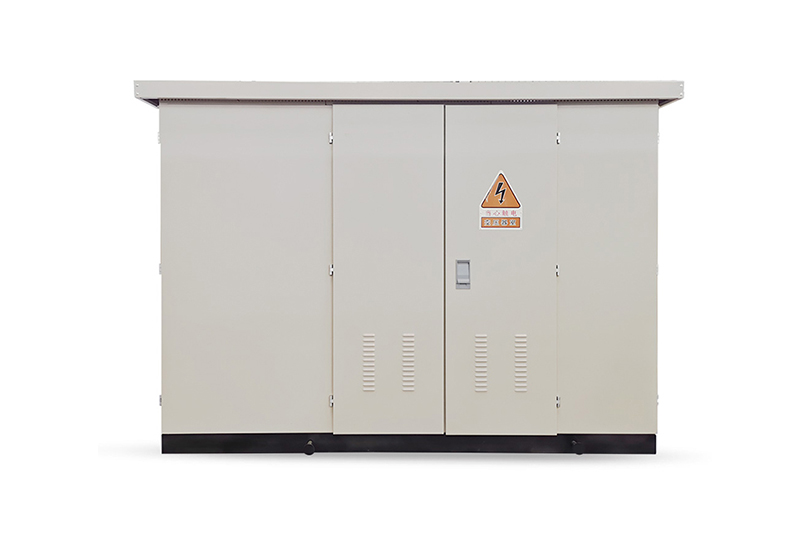From Principle to Practice: How Transformers Convert Voltage
Time:2025-06-5 Auther:ZTelec-www.ztelectransformer.com
Transformers are fundamental components in modern power systems, enabling efficient voltage conversion across energy transmission, industrial operations, and consumer electronics. Based on Faraday’s law of electromagnetic induction, transformers achieve voltage transformation by adjusting the turns ratio between the primary and secondary coils and utilizing the magnetic flux properties of the iron core. This article explains the voltage conversion mechanism from principle to technical implementation and practical applications.
Electromagnetic Induction and Voltage Conversion Mechanism
At the heart of transformer operation is the principle of electromagnetic induction. When alternating current flows through the primary coil, it generates an alternating magnetic field within the iron core. This magnetic field induces an electromotive force in the secondary coil, according to Faraday’s law of induction.
The relationship between voltage and the number of coil turns is defined as:
Turns ratio formula: U₁ / U₂ = N₁ / N₂
Where:
U₁ and U₂ = primary and secondary voltages
N₁ and N₂ = primary and secondary coil turns
– If N₂ > N₁ → Step-up transformer
– If N₂ < N₁ → Step-down transformer
Example: A 690V to 380V isolation transformer steps down voltage for industrial equipment by calculating the appropriate coil turns ratio, while also isolating interference.

Transformer Technical Implementation
1. Core and Winding Design
Transformer cores are typically constructed using laminated silicon steel sheets with high magnetic permeability. This structure minimizes hysteresis and eddy current losses. In harsh environments such as offshore wind farms, special insulation and corrosion-resistant materials are used.
Primary and secondary windings use insulated copper or aluminum conductors. For large-capacity transformers, multilayer or sectional winding structures improve cooling and dielectric performance, while enabling accurate voltage control through precision in the turns ratio.
2. Insulation and Protection Systems
To ensure electrical isolation and safe operation, transformers include multiple layers of insulation between windings and protective casings. Oil-immersed transformers use insulating oil for cooling and dielectric protection.
Modern transformers are also equipped with sensors and protection systems such as:
– Overload protection
– Short-circuit protection
– Temperature monitoring
– Automatic shut-off during fault conditions
3. Efficiency and Loss Control
Transformer losses are primarily categorized as:
– Copper loss (resistive heating in windings)
– Iron loss (due to magnetic hysteresis and eddy currents)
– Leakage flux loss
By using high-grade core materials, low-resistance windings, and improved manufacturing processes, modern transformer efficiency can exceed 95%, with premium models achieving up to 99%.

Real-World Applications of Transformers
1. Voltage Regulation in Power Systems
Electricity generated at power plants is stepped up to high voltages (e.g., 220kV or more) using step-up transformers to reduce transmission losses over long distances. Near the point of consumption, step-down transformers convert the high voltage to standard 380V (industrial) and 220V (residential) levels.
In wind farms, turbines often generate 690V, which is stepped down to 380V through isolation transformers to power control systems and prevent harmonic interference.
2. Industrial Voltage Adaptation
Heavy industries, such as steel plants, require voltage conversion from 690V to 380V to operate motors, drives, and instrumentation systems. Transformers not only handle voltage conversion but also suppress high-frequency noise and harmonics, ensuring production stability.
For high-precision equipment such as CNC machines, transformers are essential to deliver consistent and interference-free power, enhancing machining accuracy through filtering and voltage stabilization.
3. Special Use Cases
In port shore power systems, docked ships receive 690V electricity from land-based systems. Transformers convert this voltage to 380V, matching onboard equipment needs while providing galvanic isolation. This prevents ground loop issues and ensures safe, stable power supply at sea.




